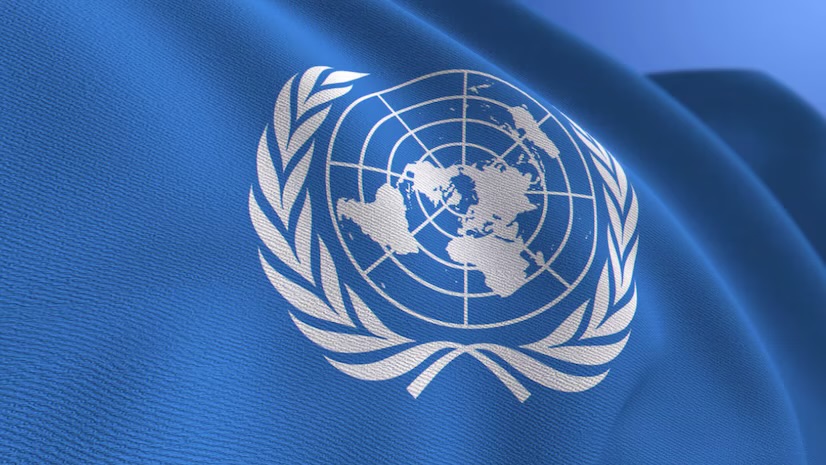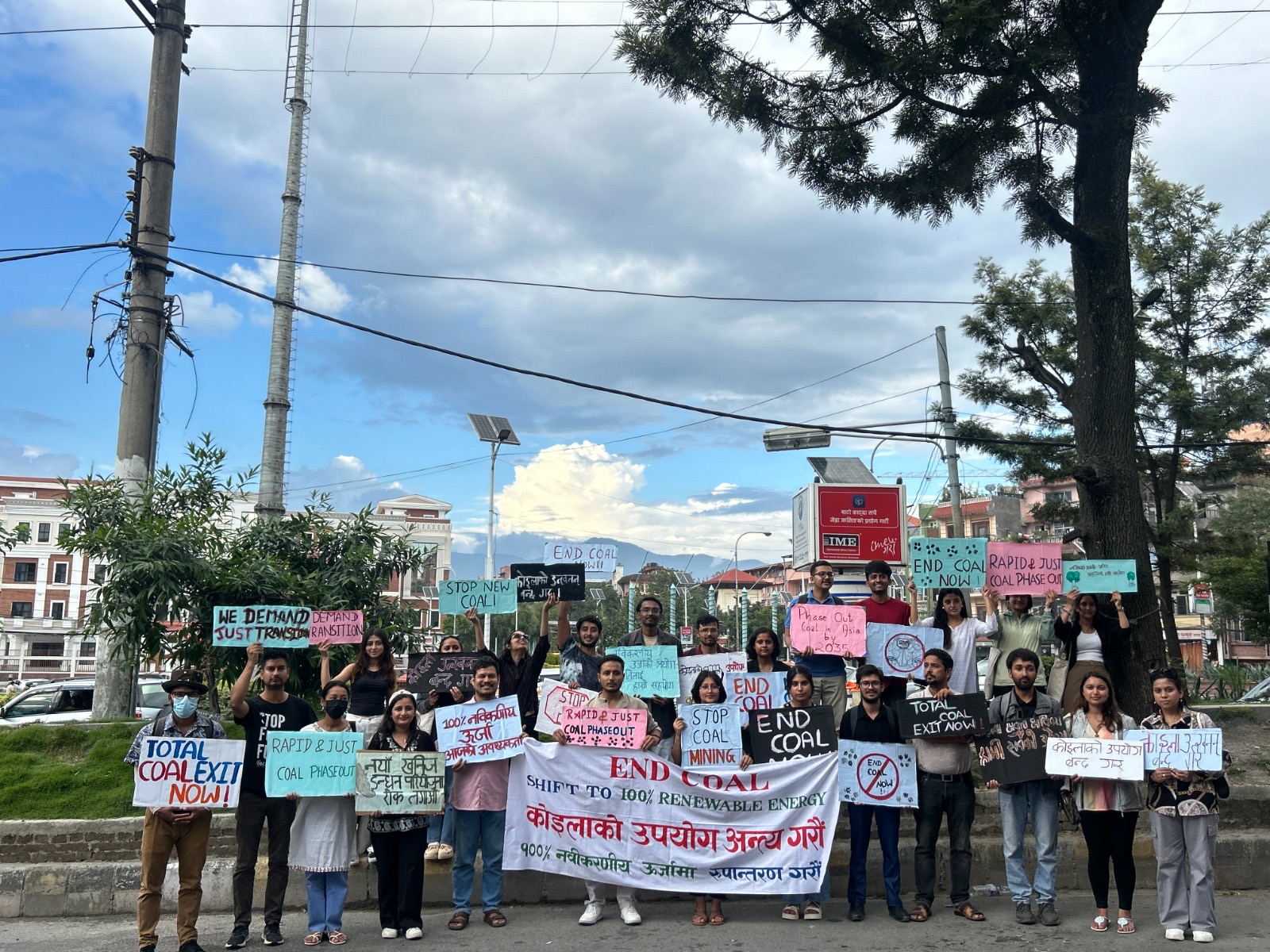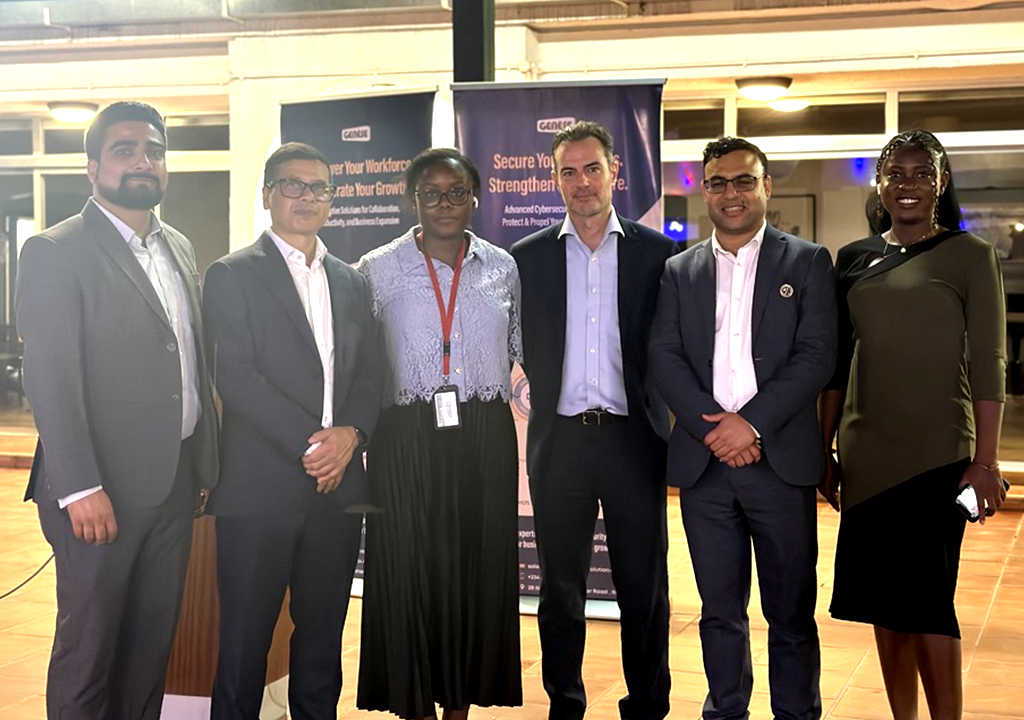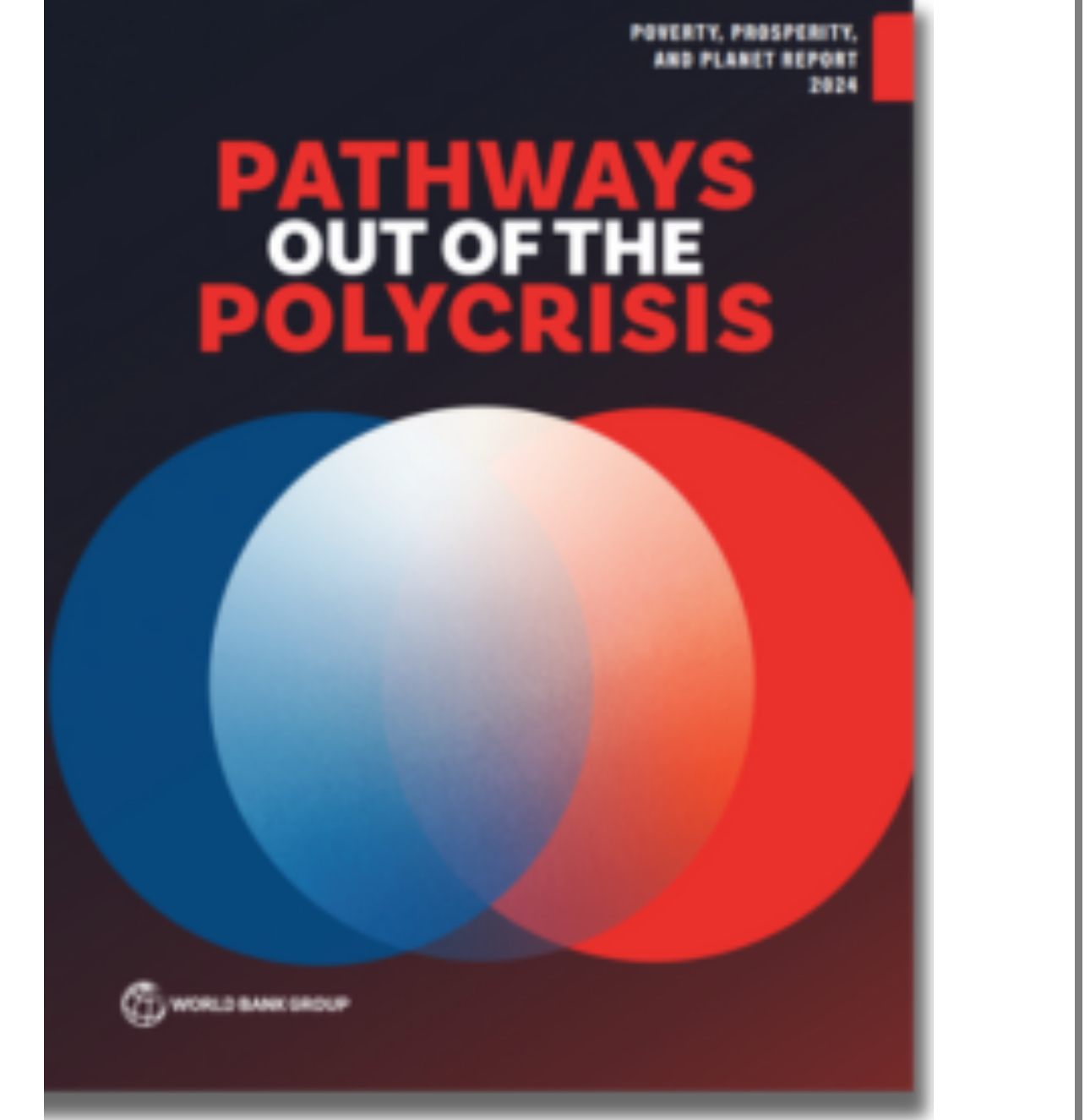Study Reveals Disparities in Carbon Emissions: Wealthy Individuals in Rich Countries Outpace Poorer Counterparts in Developing Nations

New Delhi — A recent study conducted by the New Delhi-based climate think tank Council for Energy, Environment, and Water (CEEW) has unveiled stark contrasts in carbon emissions, challenging common perceptions. The findings indicate that, in affluent countries, even average earners contribute more to carbon dioxide emissions than the wealthiest 10 percent in developing nations such as India, Brazil, and others in Asia and South America.
Released ahead of the UN climate talks in Dubai, the study underscores that the richest 10 percent in developed countries and China collectively produce 22 percent more CO2 than all the developing countries examined. The individual carbon footprint of those in the bottom 10 percent income bracket in Saudi Arabia, the US, or Australia is reported to be 6 to 15 times higher than individuals in the poorest decile of India, Brazil, or the ASEAN region.
The researchers analyzed per capita CO2 emissions across 14 countries, the EU, and the ASEAN region, using data from the World Inequality Database and the World Bank. These countries together contribute to 81 percent of global emissions, 86 percent of the world’s GDP, and encompass 66 percent of the global population.
Arunabha Ghosh, CEO of CEEW, emphasized that the study underscores the unequal responsibility for increasing global carbon emissions. Ghosh highlighted the scientific basis for ‘common but differentiated responsibilities,’ urging attention to this issue as COP28 evaluates past pledges and broken promises.
Prime Minister Narendra Modi’s Lifestyle for Environment (LiFE) movement, advocating planet-friendly living practices, aligns with the call for rebalancing consumption patterns between the Global North and the Global South. The study suggests that encouraging the adoption of low-carbon lifestyles among the wealthiest can lead to significant emission reductions.
Furthermore, if the richest 10 percent of developed countries and China halve their carbon footprint, they could save over 3.4 billion tonnes of CO2 annually. Introducing a carbon tax on this demographic could generate USD 500 billion, discouraging highly carbon-intensive consumption patterns.
These funds could be channeled towards climate change mitigation, research and development, clean technology initiatives, and building resilience. This becomes crucial, given another recent CEEW study indicating that developed countries are not on track to meet their 2030 emission reduction targets.
Pallavi Das, Programme Lead at CEEW, stressed the historical inequity in the climate debate, emphasizing that high earners must be held accountable and encouraged to pursue sustainable lifestyles. The study concludes that carbon emissions expose significant inequities between the wealthiest and poorest income brackets, emphasizing the urgent need for concerted efforts to adopt low-carbon lifestyles and responsible consumption practices.



















Facebook Comments